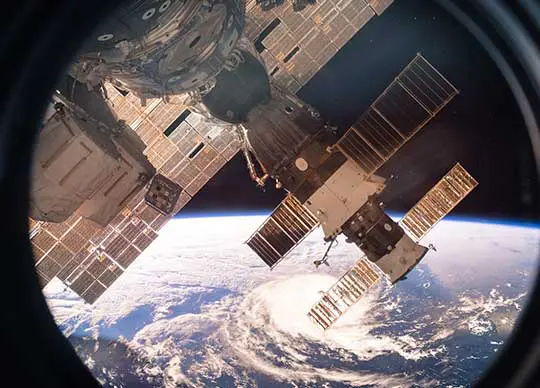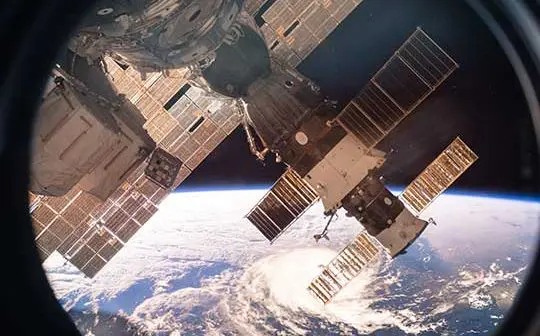
By Staff Writer
Small cracks have been discovered in the International Space Station’s Zarya module, according to a new report.
“Superficial fissures have been found in some places on the Zarya module,” Vladimir Solovyov, chief engineer of Moscow-based company Energia, the prime contractor for Russia’s human spaceflight program, told Russia’s state-owned RIA news agency. “This is bad and suggests that the fissures will begin to spread over time.”
Solovyov did not say whether the cracks, which were discovered by Russian cosmonauts, have caused any air to leak from Zarya (Russian for “Dawn”).
Zarya, also known as the FCB (short for “Functional Cargo Block”), is part of the International Space Station’s (ISS) Russian segment. It was the first piece of the station to reach orbit, launching in November 1998.
This isn’t the first time cracks have been found on the ISS, which rotating astronaut crews have been occupying continuously since November 2000. For example, fissures in the Russian Zvezda module caused a small air leak on the orbiting lab that was detected in September 2019. Cosmonauts patched those Zvezda cracks in October 2020 and March of this year, but the issue has persisted; last month, Russia reported another pressure drop in the module, which launched to Earth orbit in July 2000.
ISS controllers noticed an air leak in August 2018 as well, but they soon determined that one was caused by a drill hole in an attached Russian Soyuz spacecraft. How that hole got there has not been definitively established. Most experts say it likely resulted from human error on the ground, but an unnamed Russian space official recently tried to pin the blame on NASA astronaut Serena Auñón-Chancellor. That charge is baseless, NASA officials say.
July 2021 also saw the arrival of Russia’s long-delayed Nauka science module at the ISS. That meetup did not go entirely to plan; Nauka’s thrusters fired uncontrollably for a spell shortly after docking, causing the entire station to rotate about 540 degrees. ISS managers eventually got the situation under control and returned the orbiting lab to its normal orientation.





